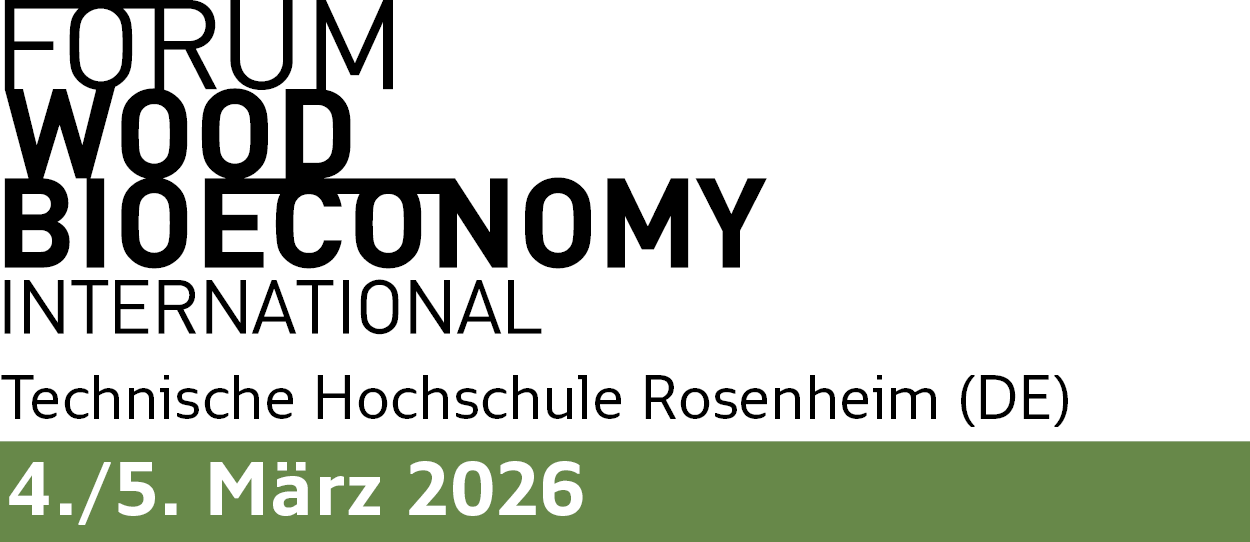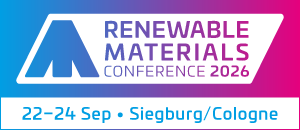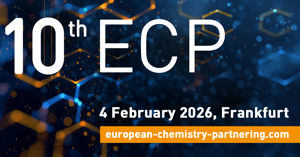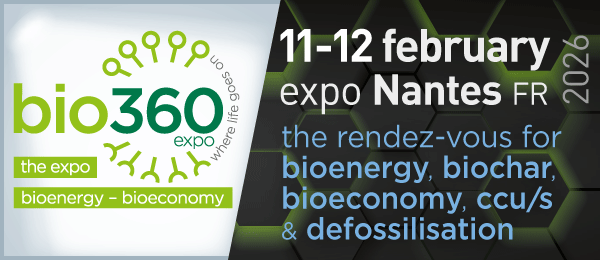
A meta-study recently completed by HYDRA Marine Sciences (Bühl, Germany) assessed the current knowledge in publicly available scientific literature and institutional and company reports on polylactide or polylactic acid (PLA) with a focus on the potential formation, persistence, and impact of PLA microplastics in the open environment.
The meta-study considered neat PLA only, but not specific articles or products made from or with PLA in which the base polymer may have undergone further treatments and modifications.
Just Add Water: Hydrolysis Prevents Persistency
PLA is a polyester and, due to its molecular structure, is slightly hydrophilic, meaning it has an inherent affinity for water. This property makes the PLA polymer susceptible to attack on its ester bonds by water in a process known as hydrolysis, which leads to the breakdown of the polymer chains over time. Therefore, as long as moisture or water is available, the molecular weight and size of PLA fragments will continually decrease, passing the micrometer and nanometer range, until the polymer chains are so short that the material becomes soluble in water and fragments are not particles anymore. These soluble substances, oligomers, and lactic acid monomers are non-toxic and can be biodegraded by microorganisms into biomass, water, and CO2.
No special additives are needed for PLA to degrade via hydrolysis and subsequent biodegradation.
The rates at which the fragmentation, hydrolysis,and ultimate biodegradation of PLA proceed in the environment depend on PLA properties like crystallinity and environmental variables such as water availability, temperature, and available microorganisms. Sunlight providing heat and UV light, and mechanical abrasion can speed up the degradation but are not a prerequisite. In the technical environment of industrial composting facilities, temperature, and water content are optimized to kill pathogens in food scraps above 60°C, a temperature at which hydrolysis and following biodegradation of PLA are fast. In the open environment, the time to reach complete hydrolysis and eventual biodegradation is assumed to range from months to many decades, depending primarily on temperature and the presence of water.
Micro- and nanoplastics originating from any plastics, as a consequence of mechanical destruction only, will persist and permanently accumulate in the environment. In hydrolyzable and biodegradable polymers such as PLA, degradation will continue as long as moisture is present.
The PLA polymer itself is not toxic
Neat PLA and its oligomers are widely recognized as non-toxic substances. Lactic acid, the monomer building block of PLA, is classified as Generally Recognized as Safe by the US Food and Drug Administration and EU.
Many PLA grades comply with long-standing global legislation for food contact requirements in the US and EU.
Additionally, specific grades of PLA have been approved and used for decades in medical applications such as sutures, tissue scaffolds, and drug administration substrates. After use in the body, these PLA polymers are absorbed and degraded by the human body.
Beyond the chemistry, the physical impact on the environment and its organisms caused by the presence of a plastic article made from or with PLA is the same as of other plastics with a similar form or shape, be it as an intact object or as micro- and nanoparticles.
However, in contrast to non-biodegradable plastic, which will persist and permanently accumulate as micro- and nanoplastics in the environment, PLA in the environment will hydrolyze into molecules of ever smaller size, becoming soluble and eventually fully biodegraded (mineralized). PLA’s non-persistency will allow the environment to recover with time, and its potential impacts can be seen as temporary.
What further research is needed?
The meta-study showed that the available knowledge on the fundamental characteristics of PLA and the hydrolysis process indicates that PLA does not produce persistent microplastics. However, there are still opportunities to improve our collective understanding of the rates and mechanisms by which PLA degrades in the open environment and the resultant impacts with three primary questions identified:
First, what are the hydrolysis rates of PLA at ambient temperatures between 37°C and 0°C in freshwater, seawater, and soils with different humidity? For the open environment, it remains to be demonstrated that degradation does not stop at the level of micro- and nanoplastics but continues and that the molecular fragments resulting from PLA hydrolysis eventually become soluble also at moderate to low ambient temperatures, leaving no solid PLA residues.
Second, does direct biodegradation of PLA occur in the open environment? It is currently unclear whether the depolymerization of high-molecular weight PLA by natural microbes, which has been demonstrated in laboratory experiments, also occurs in nature, and if so, what is their contribution to PLA degradation in the environment.
Third, is there PLA-specific toxicity of PLA micro- and nanoplastics on animal, plant, or microbial life? If so, what are the effect mechanisms and the recovery times?
Source
Bioplastics MAGAZINE, 2024-07-11.
Supplier
Share
Renewable Carbon News – Daily Newsletter
Subscribe to our daily email newsletter – the world's leading newsletter on renewable materials and chemicals













